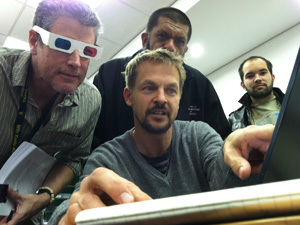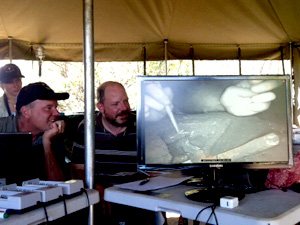Latest NewsNew Human Ancestor Discovered: Homo naledi (EXCLUSIVE VIDEO) | National Geographic
|
Join the Conversation |
About This SiteRecent discoveries in the Cradle of Humankind near Johannesburg, South Africa, have shown that the greatest era of discovery for early hominin fossils is far from over, and that it may, in fact, just be beginning.
National Geographic Explorer-in-Residence, Lee Berger, of the University of the Witwatersrand, has led expeditions at the sites of Malapa and Rising Star, discovering some of the largest and most complete fossil hominin collections anywhere. To bring these discoveries to people as directly as possible, whether they be armchair archaeologists or heads of departments at major universities, cameras have been set up at both sites, as well as at a specialized processing lab. Researchers are ready to answer your questions. So, go ahead: Be a part of prehistory in the making! |
|








